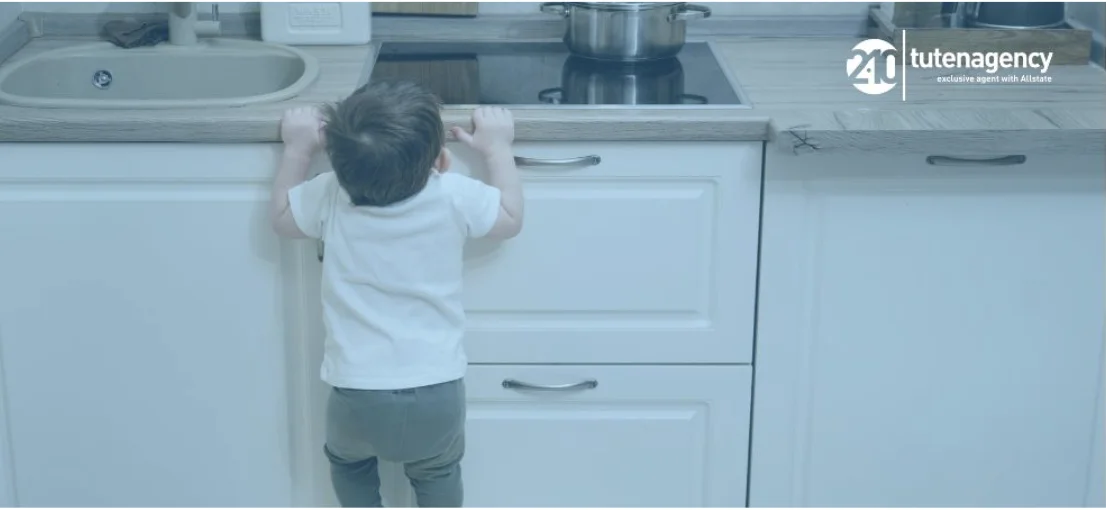Homeowners insurance is a vital safeguard, shielding your home and possessions from unforeseen incidents. While most homeowners know that their policy covers significant damages like fire or theft, the details for less conspicuous components such as gutters must be clarified. Gutters are essential in steering rainwater away from your home’s foundation, and understanding whether your… Continue reading Homeowners Insurance Coverage for Gutters
Homeowners Insurance for Luxury Homes
Luxury homes represent more than just real estate; they are investments and often dream homes. These homes are typically expensive to rebuild and require special insurance policies to protect them adequately. Homeowners with luxury properties need to be aware of the unique insurance needs that come with high-value homes. This article will explore the… Continue reading Homeowners Insurance for Luxury Homes
Homeowners Insurance Coverage for Asbestos Removal
Homeowners insurance is a type of policy that protects your home and belongings from various risks. While it covers many things, when it comes to pollutants like Asbestos, it usually doesn’t. Asbestos was a dangerous material used in building homes many years ago. If it’s disturbed, it can release harmful particles into the air. This… Continue reading Homeowners Insurance Coverage for Asbestos Removal
How to Get Your Car Unstuck from Snow
Driving in winter can be tough, particularly when your car gets stuck in the snow. Tires spinning without gaining traction is a common issue. Fortunately, there are several techniques you can use to get your car moving again. This article will help you through these methods using simple steps. Preliminary Safety Check Before… Continue reading How to Get Your Car Unstuck from Snow
Things to Do When Moving into an Apartment
Moving into a new apartment can be both thrilling and daunting. Planning and knowing what to expect is crucial for a smooth transition. This guide will help you prepare for move-in day, covering everything from pre-move preparations to post-move actions. Follow these steps to ensure a stress-free transition into your new home. Pre-Move Preparations… Continue reading Things to Do When Moving into an Apartment
How to Stay Safe During a Tornado
Tornadoes are powerful and unpredictable, but being prepared can help you stay safe. This guide will explain what to do during a tornado watch or warning and provide tips to protect you and your family. Understanding Tornado Watches and Warnings Understanding the distinction between a tornado watch and a tornado warning is essential.… Continue reading How to Stay Safe During a Tornado
Protect Kids from Furniture Tip-Overs
Every parent wants to keep their children safe at home. However, one often overlooked danger is furniture tip-overs. When inquisitive children climb on furniture or appliances, it can lead to serious accidents, causing severe injuries or even death. Fortunately, there are simple measures you can take to prevent these accidents by identifying potential hazards and… Continue reading Protect Kids from Furniture Tip-Overs
Guidelines for Backyard Playground and Trampoline Safety
Outdoor play is a cherished part of childhood, offering endless opportunities for fun and exploration. However, each year, thousands of children are injured on home playground equipment and trampolines, turning joyful playtime into painful emergency room visits. Ensuring the safety of these play areas is crucial to prevent injuries and keep the fun going safely.… Continue reading Guidelines for Backyard Playground and Trampoline Safety
Homeowners Insurance Coverage for Basement Flooding
The basement, often the foundation of a home’s storage, utility, and extra living space, can also be vulnerable to water damage. Homeowners insurance can be a beacon of hope or a source of confusion in the aftermath of a basement flood, largely depending on the flood’s cause. This article explores the nuances of insurance coverage… Continue reading Homeowners Insurance Coverage for Basement Flooding
Why Choose a Trike Motorcycle?
The open road and the rumble of a motorcycle symbolize freedom and adventure. Yet, traditional two-wheeled motorcycles do not suit all riders. Trike motorcycles offer an alternative with three wheels, providing greater stability, safety, and comfort. Originally designed for riders with physical challenges or those advancing in age, trikes now appeal to a wide range… Continue reading Why Choose a Trike Motorcycle?










